The DS Aero Sport Lounge proposes satin, straw and ultrasonic gesture control as the new French luxury
With an original and intriguing set of interior material choices, the ASL concept explores design for near-future production cars, says Thierry Métroz
Parent company PSA’s bid to make the historic DS name feel like a truly standalone new brand took another conceptual step in the right direction with its Aero Sport Lounge unveil this week. With the threat of COVID-19 virus contamination stopping real-world Geneva Motor Show proceedings Car Design News got on the phone to DS’s design director Thierry Métroz instead to talk through its importance.
“The Aero Sport Lounge is a new concept, not an SUV or an SUV coupe, but closer to a sedan with a high-driving position and a low roof silhouette, big 23-inch wheels and good ground clearance, Métroz said. “And we imagine this concept in production around 2024 or 2025.”
Whether you agree with that shape definition as ‘new’ or not, dimensionally the (notionally) 680hp luxury four-seater is five metres long, 2.10 metres wide, 1.58m high and a long three-metre-plus wheelbase – the latter length key to accommodating a large 110kWh battery for 400 miles of range.
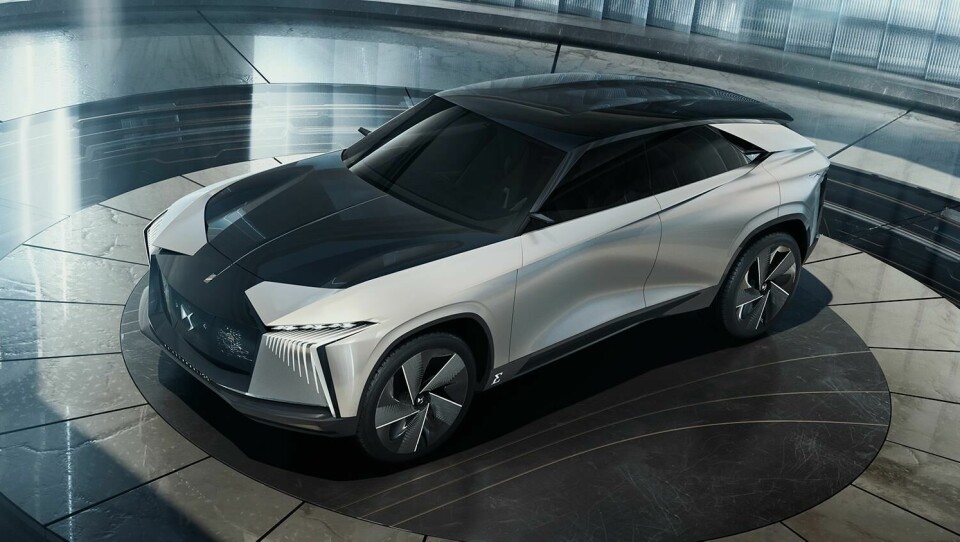
Visually the exterior does have proportional similarities with other SUV coupes, but Métroz is hoping the two-tone front end with its wing-like fender sections that wrap over the bonnet will act as key differentiators and confirms that these elements will influence the next generation of DS vehicles. “You have this very strong graphic definition which we would like to utilise as our front identity in 2024-2025. The bonnet and roof will always be black, but with different body colours. The position of the wings is different from now. On the DS7 and DS9 the wings are connected to the headlamps, in the future these wings will move to the top of the bonnet. They have aerodynamic function and design identity.”
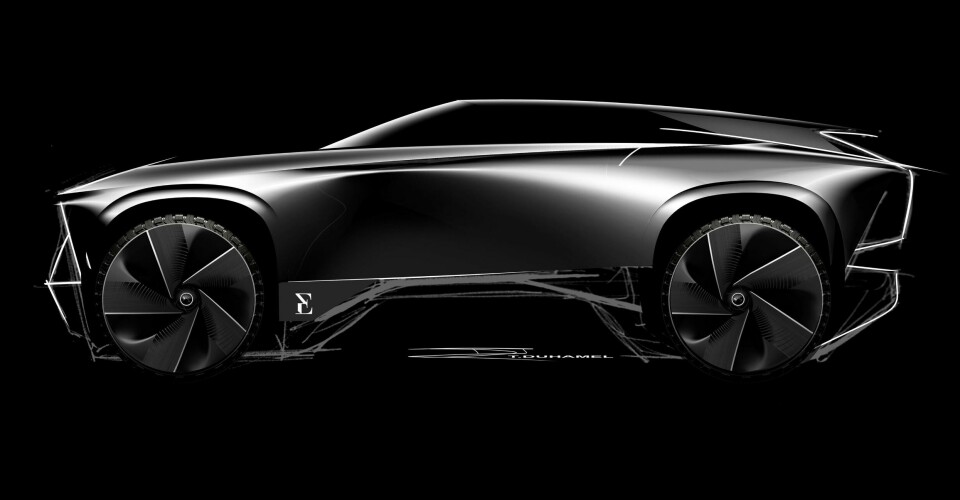
The ideas on the inside of this concept are arguably even more exciting. “On the interior we are talking about first class travel, the same level of comfort [for each passenger] and very high-end materials,” Métroz explained. “Also, I challenged my team to create an interior without any piece of leather, as we already have expertise on how to do a high-end interior with leather, the best example being the new DS 9”.
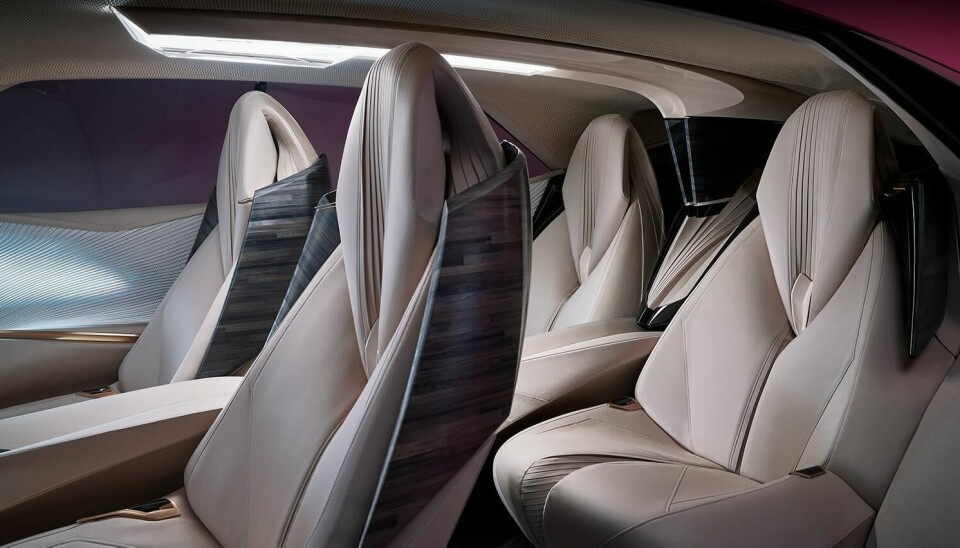
As mentioned in this article’s headline, those alternative materials include satin cotton and straw which DS’ PR says draws on centuries’ old French techniques and with a silica varnish becomes usefully heat resistant and waterproof too. “We use satin cotton textile for the seats and the door panels,” Métroz confirmed, “and straw marquetry for the top of the dashboard, the back of the seats and some ‘furniture’ in the centre console and rear doors.” Coloured before being split – stem by stem – the straw is then glued on its flat side and flattened to create darker surface accents on the Aero Sport Lounge’s cabin which appear more like wood in their final application, but high-end nonetheless. To contrast with, but also complement, those artisanal materials, the almost dash-width instrument panel features hidden high-tech elements, although interestingly devoid of a central touchscreen. At each edge there is a small portrait-shaped screen to display the rearward view from each exterior side camera and also touch screen digital buttons and sliders to adjust a few other functions, but the rest of the driving information is handled via a head-up display with augmented reality.
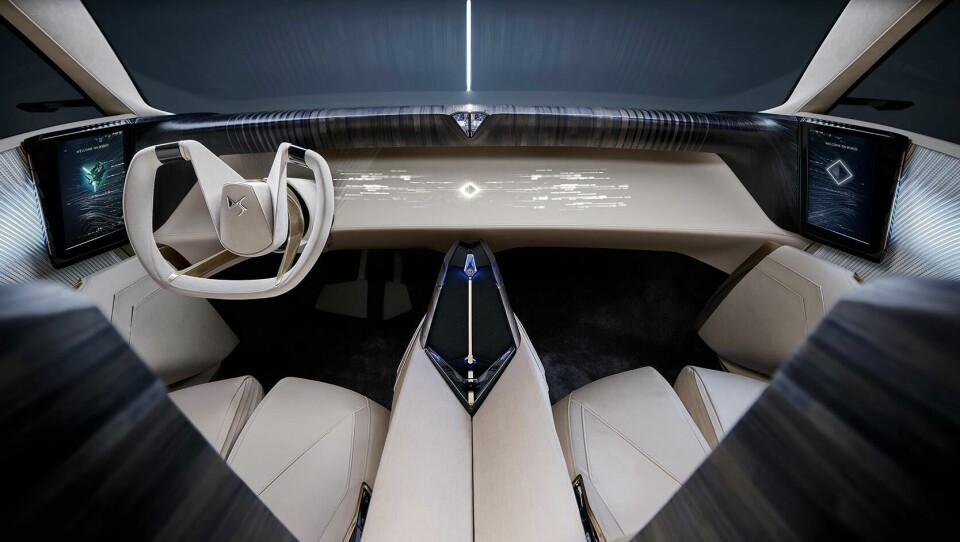
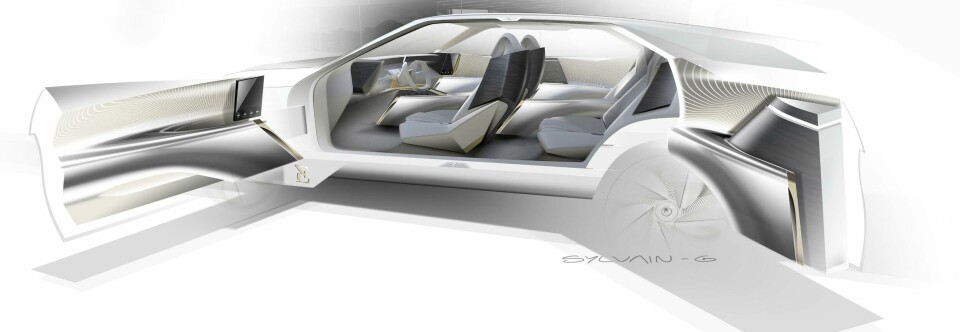
The area in the middle of the IP features haptic tracking technology in collaboration with US and UK-based start-up company Ultraleap which DS has been working with for about 18 months. The technology apparently creates the sensation of touch in mid-air so functions can be controlled merely through proximity, but in a more advanced way than gesture control options on current production cars. Métroz is super-excited about the possibilities, as he enthuses: “Your hand in the air gets ultrasound feedback so you can control with a very high level of precision where the information on the dashboard is displayed.” The idea being that when not required, the dashboard returns to its normal and serenely uncluttered and blank self, to avoid driver distraction.
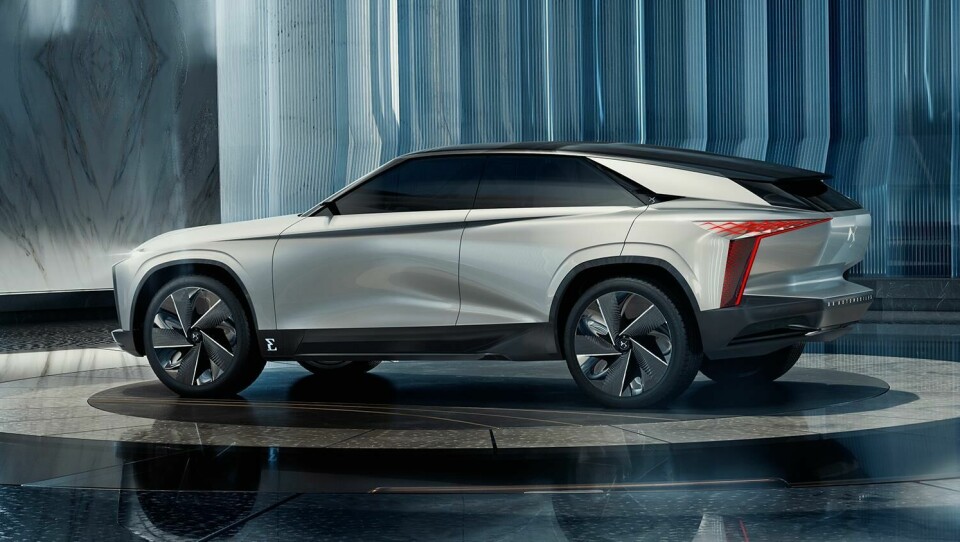
All in all, it’s something I wish I could have experienced first-hand (excuse the pun) at Geneva this year, but according to Métroz, the tech could be production-bound soon anyway, as he concluded: “We took our first step with an internal demonstrator last year and this concept is ‘step two’. We are going to continue to work together to have this technology on a production car as soon as possible. How long it will take? I don’t know, but between two and three years.” Exciting stuff, and looking forward to it.













